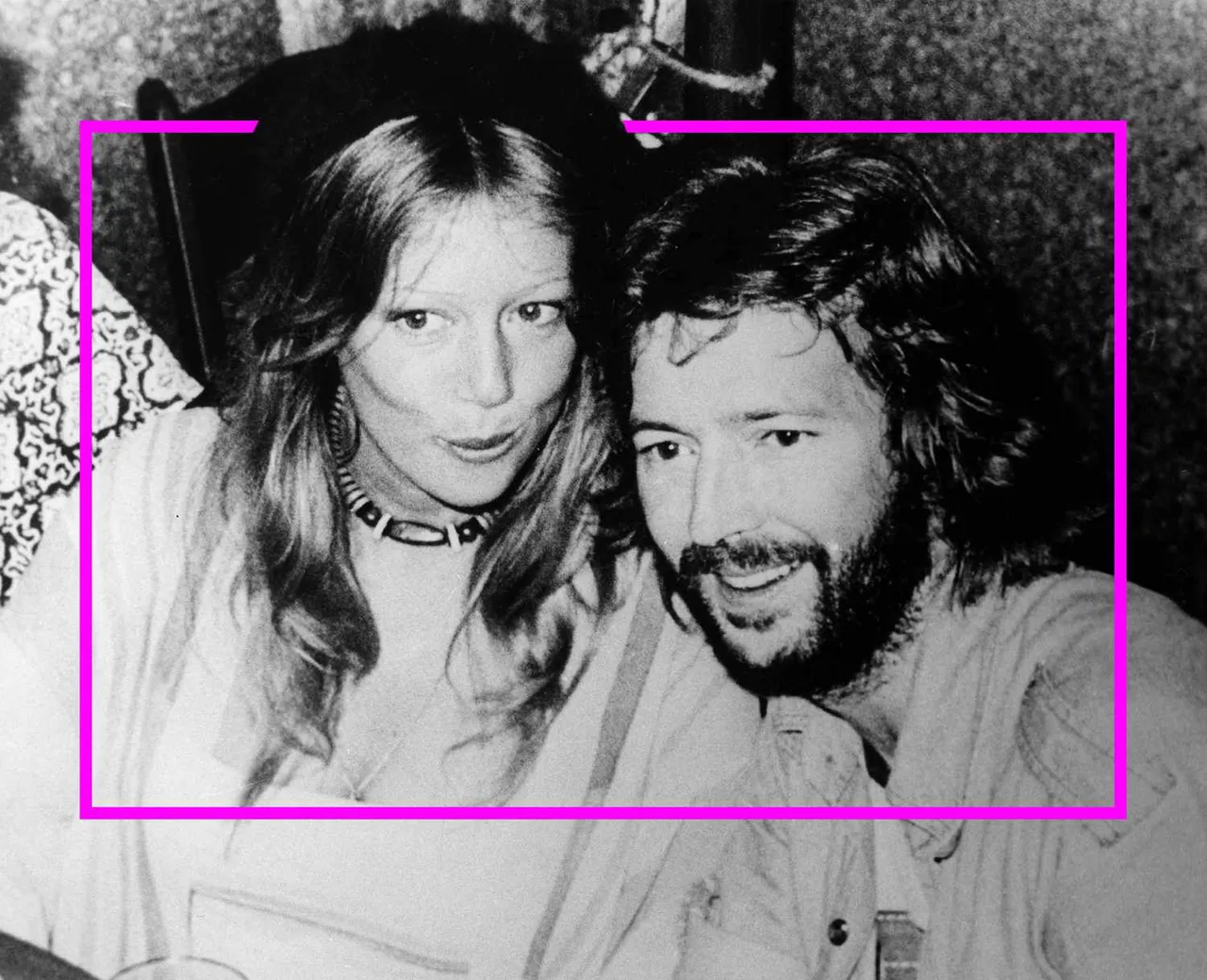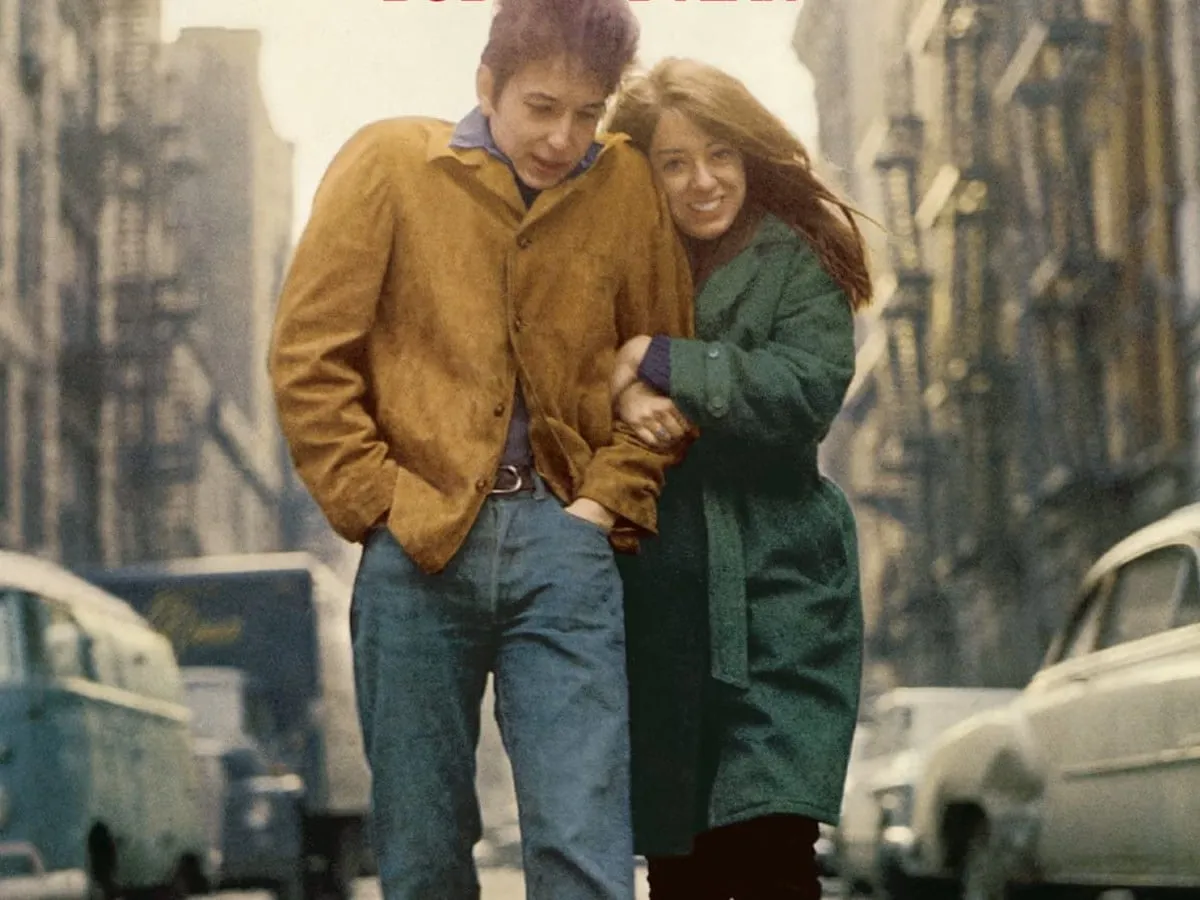
Love songs that (on closer inspection) are not love songs at all.
I am probably not the only radio listener whose hand, as if magically drawn, reaches for the volume control and immediately causes the diaphragms of the speakers to vibrate. This is a sequence of movements that can almost be described as automatic. It is particularly memorable when the lyrics to the music have been indelibly imprinted on the back of our minds.
As a logical consequence, it has to be assumed that this is usually an old piece of music from past times, while the lyrics of the "modern age" still have to prove their durability. This can sometimes take a couple of years to happen. But once it's archived, with all the emotions that this entails, it's guaranteed to live for a long time to come.
Liebeslieder, die (bei näherem Hinhören) gar keine sind.
Ich bin wohl nicht der einzige Radiohörer, erklingen die ersten Takte eines ganz bestimmten Liedes, dessen Hand, wie magisch angezogen, zum Lautstärkenregler strebt und augenblicklich die Membranen der Boxen zum Vibrieren bringt. Eine Abfolge solch schon beinahe als automatisiert zu bezeichnender Bewegungsabläufe, werden insbesondere dann abgerufen, wenn auch der Text zur Musik einst unauslöschlich im Hinterkopf abgespeichert wurde.
Der logischen Konsequenz entsprechend, muss davon ausgegangen werden, dass es sich meist um ein bereits in die Jahre gekommenes Stück aus der Musikgeschichte handelt, da Texte aus der »Neuzeit« ihre Haltbarkeit erst noch unter Beweis stellen müssen. So etwas kann dann auch mal ein paar Jahre dauern. Doch hat es das Werk einmal ins Archiv mit den dazugehörigen Emotionen geschafft, ist die Dauerhaftigkeit garantiert.

Today, I would like to introduce you to 3 artists who have made it into this archive with their musical work. Let's go back to today's motto to give the whole thing the common ground it needs to be published as part of #threetunetuesday (initiated by @ablaze):
How sad - and yet it could have been so beautiful.
Heute stelle ich euch 3 Interpreten vor, die es mit ihrem musikalischen Werk in jenes Archiv geschafft haben. Was nun dem Ganzen die Gemeinsamkeit verleiht, die es nachzuweisen gilt, wenn der Beitrag im Rahmen des #threetunetuesday (ins Leben gerufen von @ablaze) veröffentlicht werden soll, besinnen wir uns erneut des heutigen Mottos:
Ach, wie traurig - und es hätte doch so schön sein können.
I would like to begin with a leap back in time to the years 1968 and 1969. At a time when the young generation in many parts of the world were voicing their discontent with the politics of the 'old political caste' on the pavement, a 20-year-old man in London, who had just recovered from a very serious case of tuberculosis, fell in love with a 16-year-old girl who had dreams of becoming a famous model or actress as soon as possible.
The young man is Steven Demetre Georgiou. He may be better known as Cat Stevens. The young lady with the big career dreams is Patti D'Arbanville. For a short time, the two lovebirds took to the skies in seventh heaven. Up there, on the cloud of happiness where Cat Stevens would have liked to make her permanent home, the young lady could not stay for long as her dreams threatened to burst.
Then there was a well-known drifter. He had let the world know in advance that "satisfaction" is not always easy to come by. He also reacted to the name Mick Jagger, despite describing himself as a "Rolling Stone". Cat Stevens, who is still very much in love, had to find out what it's like when the love of your life wants to make her dreams come true and your own dreams get shattered in the process.
Understandably a little sour, he picked up his guitar and put the love of his life, Lady D'Arbanville, in a coffin.

Beginnen möchte ich mit einem Zeitsprung zurück ins Jahr 1968/69. In jener Zeit, als in weiten Teilen der Welt die junge Generation ihren Unmut über die Politik der »alten Politikerkaste« auf dem Asphalt kundtat, verliebte sich ein 20-jähriger Mann, der sich gerade von einer ganz schlimmen Tuberkulose-Erkrankung erholt hatte, in London ein 16 Jahre altes Mädchen, welches davon träumte, möglichst bald ein bekanntes Model oder Schauspielerin zu werden.
Bei dem jungen Mann handelt es sich um Steven Demetre Georgiou - möglicherweise besser bekannt unter dem Namen Cat Stevens. Die junge Dame mit den ausgeprägten beruflichen Wunschträumen heißt Patti D’Arbanville. Die beiden Turteltauben verabschiedeten sich für kurze Zeit in den siebten Himmel. Dort oben, auf der Wolke der Glückseligkeit, auf der sich Cat Stevens liebend gerne auf Dauer häuslich eingerichtet hätte, konnte die junge Lady jedoch nicht so lange verweilen, da ihre Träume zu zerplatzen drohten.
Zudem tauchte auch noch ein stadtbekannter Rumtreiber auf, der im Vorfeld bereits die ganze Welt wissen ließ, dass das Ding mit der „Satisfaktion“ auch nicht immer leicht zu handhaben ist. Er selbst bezeichnete sich zwar als einen „Rollenden Stein“, reagierte aber auch auf den Namen Mick Jagger. Cat Stevens, noch immer heftigst verliebt, musste erkennen wie es ist, wenn die große Liebe ihre Träume verwirklichen möchte und dabei die eigenen zerplatzen.
Verständlicherweise leicht angesäuert, griff er zu seiner Gitarre und verfrachtete seine Liebe, Lady D’Arbanville in einen Sarg.


"It's late in the evening/She's wondering what clothes to wear./She puts on her makeup and brushes her long blonde hair/And then she asks me, 'Do I look all right?'/And I say, 'Yes, you look wonderful tonight.'"
These are lines from the lyrics of a song that would probably have sent any woman to whom they were dedicated into a state of pure euphoria. But not so for Pattie Boyd, who served as the inspiration for Eric Clapton to bring the song to life on an early night on paper. Pattie Boyd was Clapton's wife and she just couldn't decide which dress to wear that night so that she would be properly dressed for the party to which she had been invited.
Eric Clapton wrote down what he was going to say to his wife, regardless of what she ended up wearing. It was a marriage that was not going well. In addition to his musical genius, he also brought a history of severe depression, alcoholism, and drug addiction to the relationship. Waiting patiently was not his cup of tea.
As a result, the love they shared was flooded with sarcasm.

"It's late in the evening/She's wondering what clothes to wear./She puts on her makeup and brushes her long blonde hair/And then she asks me, 'Do I look all right?'/And I say, 'Yes, you look wonderful tonight.'"
Dies sind Zeilen aus einem Liedtext, die wohl jede Frau, der sie gewidmet waren, in pure Euphorie versetzt hätten. Nicht so Pattie Boyd, die als Inspiration dafür diente, dass Eric Clapton diesen Song an einem frühen Abend zum Erleben brachte. Pattie Boyd war nämlich die Ehepartnerin von Clapton und konnte sich an jenem Abend einfach nicht entscheiden, in welches Kleid sie schlüpfen sollte, um angemessen gekleidet auf der Party zu erscheinen, zu der sie eingeladen waren.
Eric Clapton brachte das mit Noten auf einen Nenner, was er seiner Frau ohnehin sagen würde - ganz egal, für welches Outfit sie sich letztlich entscheidet. Um die Ehe stand es nicht gut. Denn, neben seiner musikalischen Genialität, brachte er auch noch schwere Depressionen, eine Alkohol- und Drogensucht mit in die Beziehung. Geduldig zu warten - das war nicht sein Ding.
So kommt es, dass die Liebe vom Sarkasmus überschwemmt wird.


Dylan said of this track: "A lot of people make it sort of a love song - slow and easygoing. But it isn't a love song. It's a statement that maybe you can say something to make yourself feel better. It's as if you were talking to yourself."
The Nobel Prize winner's reference here is to the song 'Don't think twice . it's allright' by Jerry Jeff Walker.
It's a song about love, disillusionment and moving on from a failed relationship.
So what is it about this song that makes so many of the listeners think that they are listening to a love song? It's about the young woman on the cover to Dylan's album The Freewheelin', Suze Rotolo.
Suze Rotolo was afraid that over the years she would be seen simply as the woman next to Bob Dylan. So, in order to make her own marks in Italy, she decided to turn her back on the USA (and perhaps on Dylan). This line in the song is probably the clearest expression of this: "When your rooster crows at dawn, look out your window and I'm gone".
The artist is said to have a huge sense of humour - but he didn't find his partner's move funny at all. He did exactly what you would expect of an offended soul who realises that the world doesn't revolve around him. Retreat, sulk and take refuge in sarcasm: "I once loved a woman, a child, I was told, I gave her my heart, but she wanted my soul. "
But, as we are told, the abandoner has come to terms with his "difficult" fate: *** "There's no point in sitting and wondering why, baby. "***
It may be more than a coincidence, but it fits the moment perfectly. Finally, a pair of lost lovers take the stage. They sound as if they have come from a small town in Tennessee, where they have retired to lick their wounds.

Dylan said of this track: "A lot of people make it sort of a love song - slow and easygoing. But it isn't a love song. It's a statement that maybe you can say something to make yourself feel better. It's as if you were talking to yourself."
Der Nobel-Preisträger bezieht sich hier auf den von Jerry Jeff Walker geschriebenen Song »Don’t think twice . it’s allright«.
Es ist ein Lied, das das Thema Liebe, Desillusionierung und den Übergang von einer gescheiterten Beziehung erforscht.
Worum geht es also in dem Lied, von dem so viele Zuhörer glauben, einem Liebeslied zuzuhören? Es geht um jene junge Frau, die auf der Hülle von Dylan’s Album The Freewheelin’ zu betrachten ist - Suze Rotolo.
Suze Rotolo bereitete es Sorgen, mit den Jahren einfach nur als die Frau gesehen zu werden, die an Bob Dylan’s Seite zu sehen ist. Daher entschloss sie sich der USA (und vielleicht auch Dylan) den Rücken zu kehren, um in Italien ich eigene Fußabdrücke zu hinterlassen. Diese Zeile im Lied drückt es wohl deutlich aus: „Wenn dein Hahn im Morgengrauen kräht, schau aus deinem Fenster und ich bin weg“
Von dem Künstler wird ja behauptet, er horte eine große Menge an Humor in sich - doch diesen Schritt seiner Lebensgefährtin fand er überhaupt nicht lustig. Er tat genau das, was von einer gekränkten Seele erwartet wird, die erkennen muss, dass die Welt sich nicht nur um sie dreht. Rückzug, schmollen und Zuflucht im Sarkasmus suchen: “Ich habe einmal eine Frau geliebt, ein Kind, wie mir gesagt wurde, ich habe ihr mein Herz gegeben, aber sie wollte meine Seele”.
Aber, wie wir mitgeteilt bekommen, hat der Verlassene sich dann doch mit seinem “schweren” Schicksal arrangiert: *** “Es hat keinen Sinn zu sitzen und sich zu fragen, warum, Baby.”***
Es mag zwar mehr als ein Zufall sein, aber es ist für den Moment absolut passend. Zum Abschluss stehen dann auch noch gleich zwei aus der Kategorie verlorene Liebe auf der Bühne und hören sich dabei an, als kämen sie aus einem kleinen Kaff in Tennessee, wohin sie sich zurückzogen, um die Wunden zu lecken.


